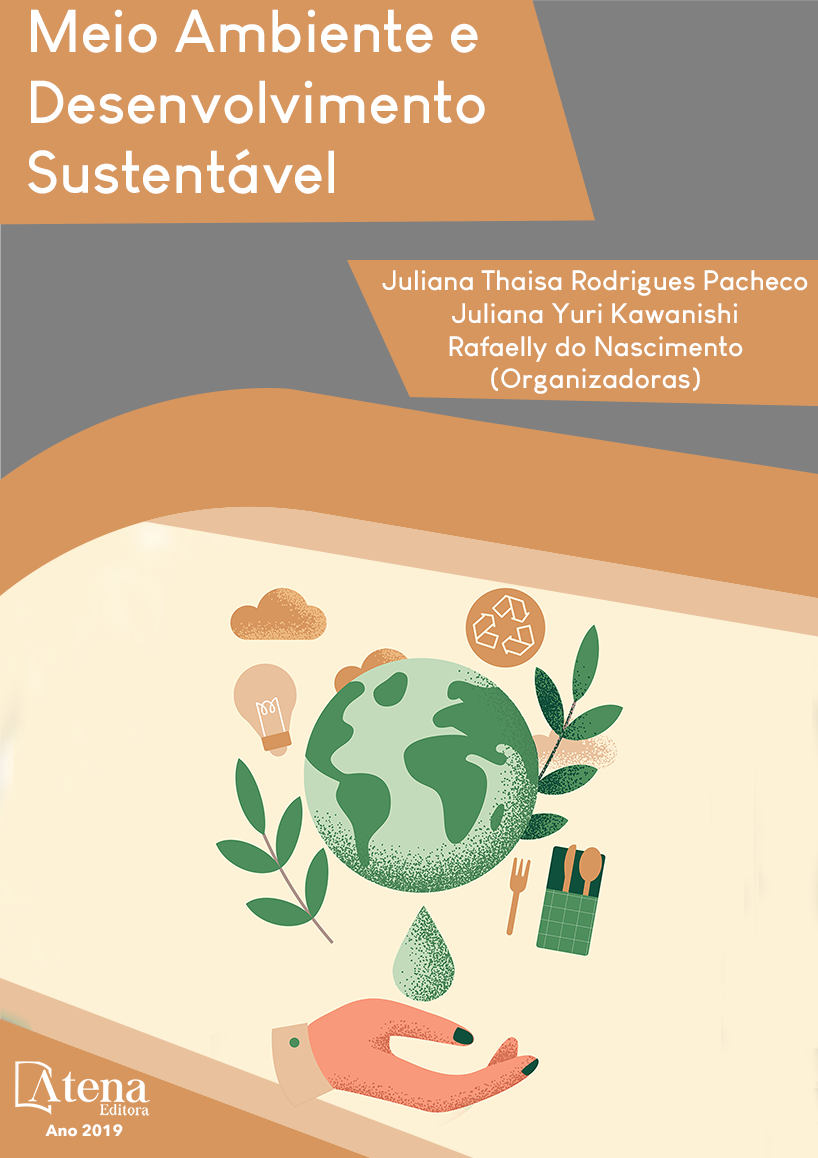
Resíduos de antibióticos e seus impactos nos ambientes aquáticos
O uso indiscriminado de antibióticos
na medicina humana e veterinária pode causar
a contaminação frequente dos ambientes
aquáticos. O objetivo desse capítulo foi
realizar uma revisão de literatura identificando
as possíveis rotas dos antibióticos nos
ambientes aquáticos e determinar os possíveis
impactos negativos desses fármacos nos
ecossistemas aquáticos. Foram identificados
diversos impactos negativos relacionados a
contaminação do meio por antibióticos como o
surgimento de bactérias resistentes, toxicidade
para algas, macrófitas, microcrustáceos e
peixes. A venda controlada de antibióticos
surge como uma alternativa imediata que
pode reduzir esses impactos. No entanto, são
necessários estudos de monitoramento dessas
substâncias nos ambientes aquáticos, ensaios
de toxicidade que identifiquem seus possíveis
efeitos na biota aquática, além da busca por
sistemas de tratamento de efluentes domésticos
e hospitalares que visem a eliminação desses
fármacos.
Resíduos de antibióticos e seus impactos nos ambientes aquáticos
-
DOI: 10.22533/at.ed.54319111127
-
Palavras-chave: Fármacos. Bactérias resistentes. Contaminação.
-
Keywords: Pharmaceuticals. Resistant bacteria. Contamination.
-
Abstract:
Indiscriminate use of antibiotics
in human and veterinary medicine may be
responsible for the frequent contamination of
aquatic environments. The aim of this chapter
was to conduct a literature review identifying
the possible routes of antibiotics in aquatic
environments and to determine the possible
negative effects of these pharmaceuticals on
aquatic ecosystems. The methodology used was
the search for scientific articles, dissertations
and books in Google Scholar and Science
Direct website. Negative impacts were identified
related to contamination of the antibiotic as the
emergence of resistant bacteria, toxicity to algae,
macrophytes, microcrustaceans and fishes.
The controlled sale of antibiotics emerges as an
immediate alternative that can reduce these impacts. However, studies are needed to
monitor these substances in aquatic environments, toxicity tests to identify their possible
effects on aquatic biota, as well as search for treatment of domestic and hospital waste
systems that aim to eliminate these drugs.
-
Número de páginas: 15
- Robélio Mascoli Junior
- Juliana Heloisa Pinê Américo-Pinheiro
- Carolina Tavares de Carvalho


